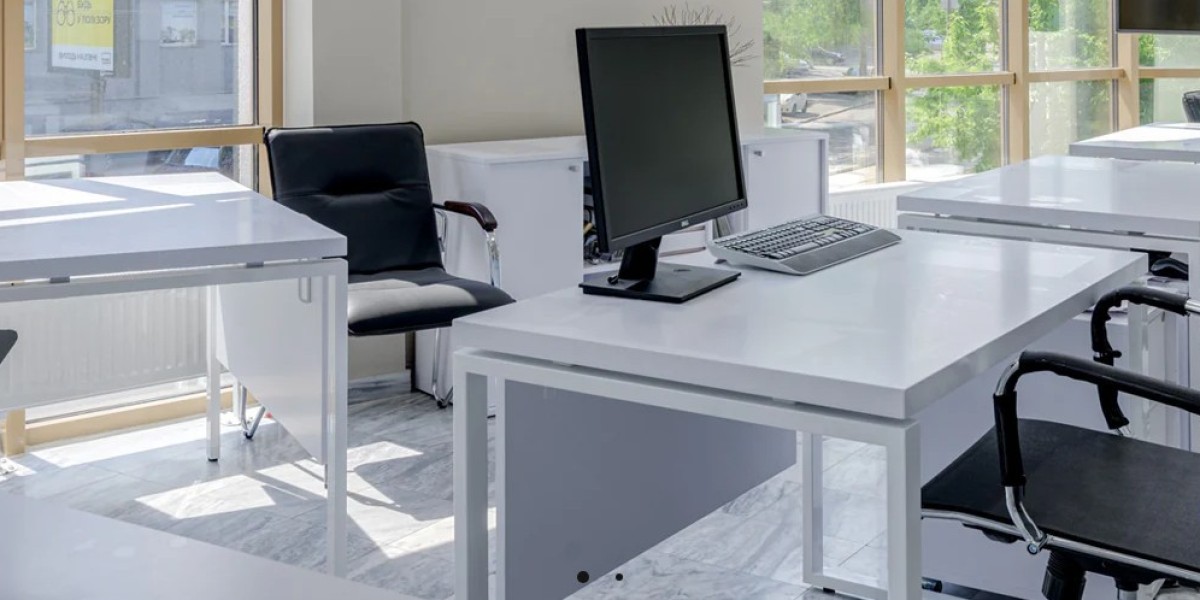Conference rooms are the heart of collaboration and decision-making in any organization. The design and furniture choices for these spaces play a crucial role in setting the tone for meetings, fostering creativity, and ensuring comfort. Here’s how to create inviting conference rooms by selecting the right furniture.
1. Prioritize Comfort and Ergonomics
Ergonomic Seating:
- What It Is: Chairs that support proper posture, with adjustable features to accommodate different users.
- Why It Matters: Comfortable seating ensures that participants can focus on the discussion without discomfort or fatigue, which is crucial for long meetings.
Consider Table Height and Shape:
- What It Is: Tables should be at a comfortable height for writing, typing, or using devices. The shape (rectangular, round, U-shaped) can influence the room’s dynamic.
- Why It Matters: The right table shape encourages engagement, ensuring everyone has a clear line of sight and can easily participate in discussions.
2. Design for Flexibility
Modular Furniture:
- What It Is: Furniture that can be easily reconfigured to suit different meeting styles and sizes, such as modular tables and stackable chairs.
- Why It Matters: Flexibility allows the conference room to be adapted for various purposes, from small team huddles to larger board meetings.
Multi-Functional Pieces:
- What It Is: Furniture that serves multiple purposes, such as tables with built-in storage or chairs with integrated technology.
- Why It Matters: Multi-functional furniture maximizes space efficiency, especially in smaller conference rooms, and supports a range of activities.
3. Incorporate Technology Seamlessly
Integrated Tech Features:
- What It Is: Conference tables with built-in power outlets, USB ports, and cable management systems.
- Why It Matters: Easy access to technology keeps the focus on the meeting rather than fumbling with wires or searching for power sources, enhancing productivity.
Smart Furniture:
- What It Is: Furniture that integrates with smart devices or has built-in screens for presentations and video conferencing.
- Why It Matters: As hybrid work models become more common, smart furniture ensures seamless connectivity, allowing both in-person and remote participants to engage fully.
4. Focus on Aesthetics and Ambiance
Choose Inviting Colors and Materials:
- What It Is: Use warm, neutral tones and natural materials like wood to create a welcoming environment.
- Why It Matters: The aesthetics of the conference room can influence the mood of the meeting. Inviting colors and materials help create a positive, less intimidating atmosphere.
Lighting Considerations:
- What It Is: Ensure the room is well-lit with a combination of natural light and adjustable artificial lighting.
- Why It Matters: Proper lighting is crucial for maintaining energy and focus. Dimmable lights allow adjustments based on the type of meeting, whether it’s a presentation or a brainstorming session.
5. Enhance Acoustics
Acoustic Panels and Furniture:
- What It Is: Use acoustic panels on walls and ceilings, and choose furniture that absorbs sound to reduce noise and echo.
- Why It Matters: Good acoustics are essential in a conference room to ensure clear communication. Reducing noise distractions helps maintain focus and improves the overall meeting experience.
Soundproofing:
- What It Is: Consider soundproofing materials in doors and walls to keep meetings private and free from external noise.
- Why It Matters: Privacy is often crucial in conference rooms, especially during sensitive discussions. Soundproofing ensures that conversations remain confidential and uninterrupted.
6. Optimize Space Usage
Space-Saving Furniture:
- What It Is: Consider furniture that can be folded or stored when not in use, such as collapsible tables and stackable chairs.
- Why It Matters: Efficient use of space is key, especially in smaller offices. Space-saving furniture ensures the room remains uncluttered and versatile.
Storage Solutions:
- What It Is: Include built-in cabinets or sideboards for storing meeting essentials like notepads, pens, and presentation materials.
- Why It Matters: Keeping the conference room tidy and organized contributes to a more professional environment and minimizes distractions.
7. Personalize the Space
Reflect Your Brand Identity:
- What It Is: Choose furniture and décor that align with your company’s brand, whether that’s modern and sleek or traditional and formal.
- Why It Matters: A conference room that reflects your brand helps reinforce company values and culture, making a strong impression on clients and employees alike.
Add Personal Touches:
- What It Is: Incorporate elements like artwork, plants, or custom furniture pieces that resonate with your company’s identity.
- Why It Matters: Personal touches make the space feel more inviting and less sterile, encouraging creativity and collaboration.
Conclusion
Creating inviting conference rooms with the right furniture involves balancing comfort, functionality, and aesthetics. By prioritizing ergonomic seating, flexible designs, seamless technology integration, and thoughtful acoustics, you can craft a space that fosters productive meetings and leaves a lasting impression on everyone who steps inside. Whether your goal is to inspire creativity, facilitate collaboration, or host high-stakes discussions, the right furniture choices will set the stage for success.







